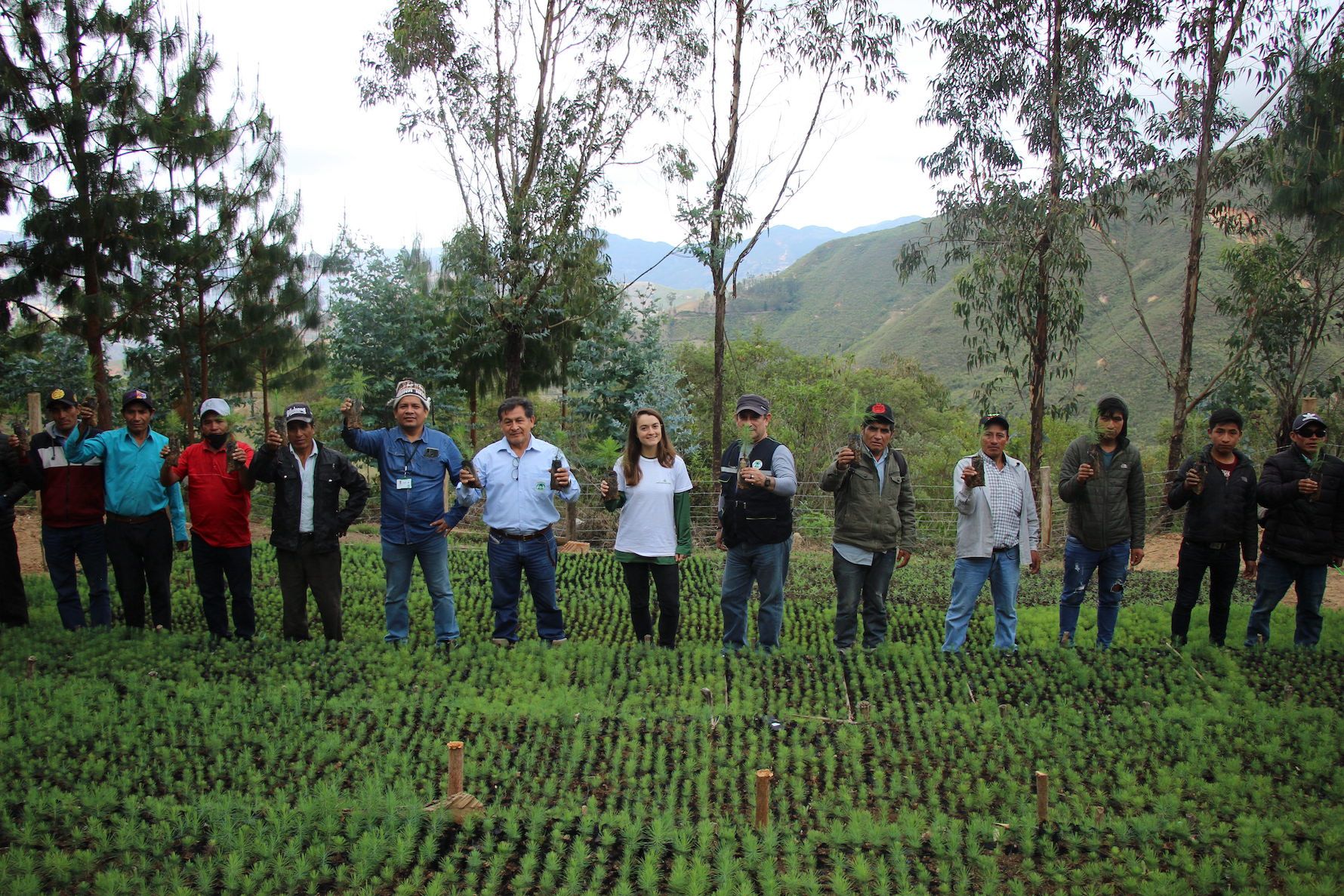Starting in 2019, this is the second natural ecosystem regeneration project financed by Reforest'Action in Peru. In partnership with Peruvian NGO PROGRESO, the actions carried out aim to regenerate the eroded soil and to fight against desertification. A field audit conducted in February 2023 by Juliet, Reforest'Action's Project Officer in Peru, made it possible to assess the results of the project's third year. This final season saw the continuation of the two initial activities: integrating trees into crops and regenerating the dry forest. Despite increasingly common floods and periods of drought, the 826,000 trees planted in 2022 are showing a very good recovery rate.
The 2021-2022 season of the project focuses on three districts of the Huancabamba province: Sóndor, Huarmaca and Huancabamba. In the region of Piura, in north-western Peru, combating the desertification of mountainous soils is the main challenge faced by local farmers and breeders, and remains the main objective of this third planting season.
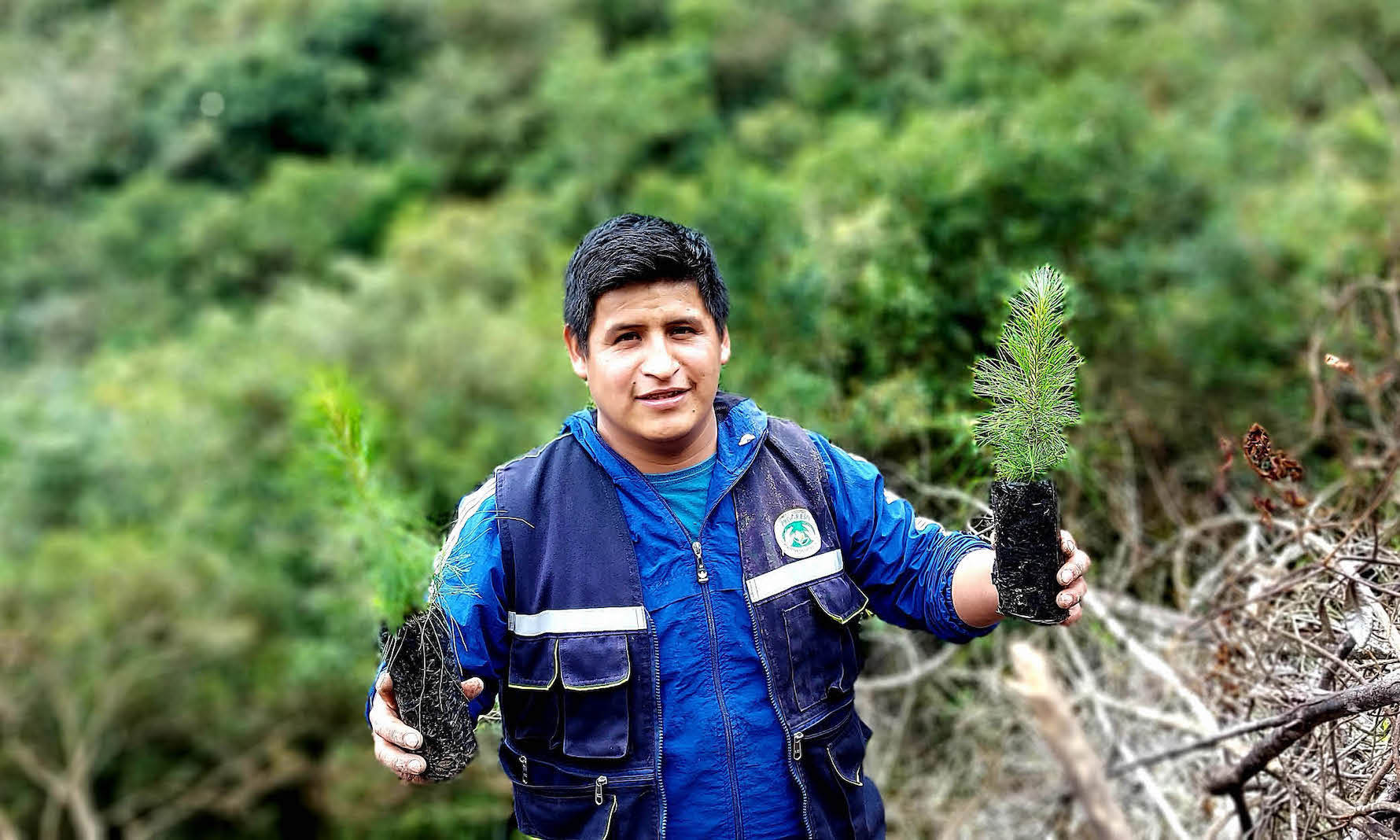
Between desertification, soil erosion and flooding
At an altitude of over 2,000 meters, the misty landscape of the Piura highlands is deceptive. This is indeed an arid ecosystem, made up of sparse dry forests threatened by desertification. The harsh climate is compounded by deforestation, a consequence of growing agricultural needs. According to SERFOR*, over 600,000 hectares of forest have been illegally cleared in the Piura region over the past twenty years. The province of Huancabamba, where the project financed by Reforest'Action is located, suffers the highest rate of deforestation.
The near absence of vegetation exposes arable soils to water and wind erosion, leading to their degradation and limiting their use for farming. Little by little, smallholders give up their land. Fires, which feed on the scanty brushwood, also represent a growing threat, while long periods without rainfall are dangerously drying up water resources.
*SERFOR = Servicio Nacional Forestal y de Fauna Silvestre

El Niño threatens the people of Piura
The frequency and intensity of flooding in Peru have put the country in a worrying situation. At the start of 2023, the city of Piura, found a few kilometers from the Pacific Ocean downstream, was suffering the consequences of severe weather: overflowing water from the mountains and a lack of trees to hold back the soil. The outcome: floods and mudslides paralyzed the city for several days.
These climatic hazards are strongly correlated with the intensification of El Niño, Peru's leading climate variability factor. El Niño is a meteorological phenomenon characterized by the creation of a warm coastal current off Peru and Ecuador. By accumulating humidity in the air, this water warming leads to heavy rains and cyclones, often causing major flooding known as "huayco" by local populations. In 2017, on the Peruvian coastline, huayco forced the displacement of more than 300,000 people. In Peru, the effects of climate change are obvious: El Niño occurs earlier every year, each time more devastating, and profoundly alters the country's climate, notably extending periods of drought.
In a country where the poverty rate exceeds 20% and where a third of the population lives in areas prone to natural disasters, the threat of climate change further exacerbates the socio-economic vulnerability of the communities.
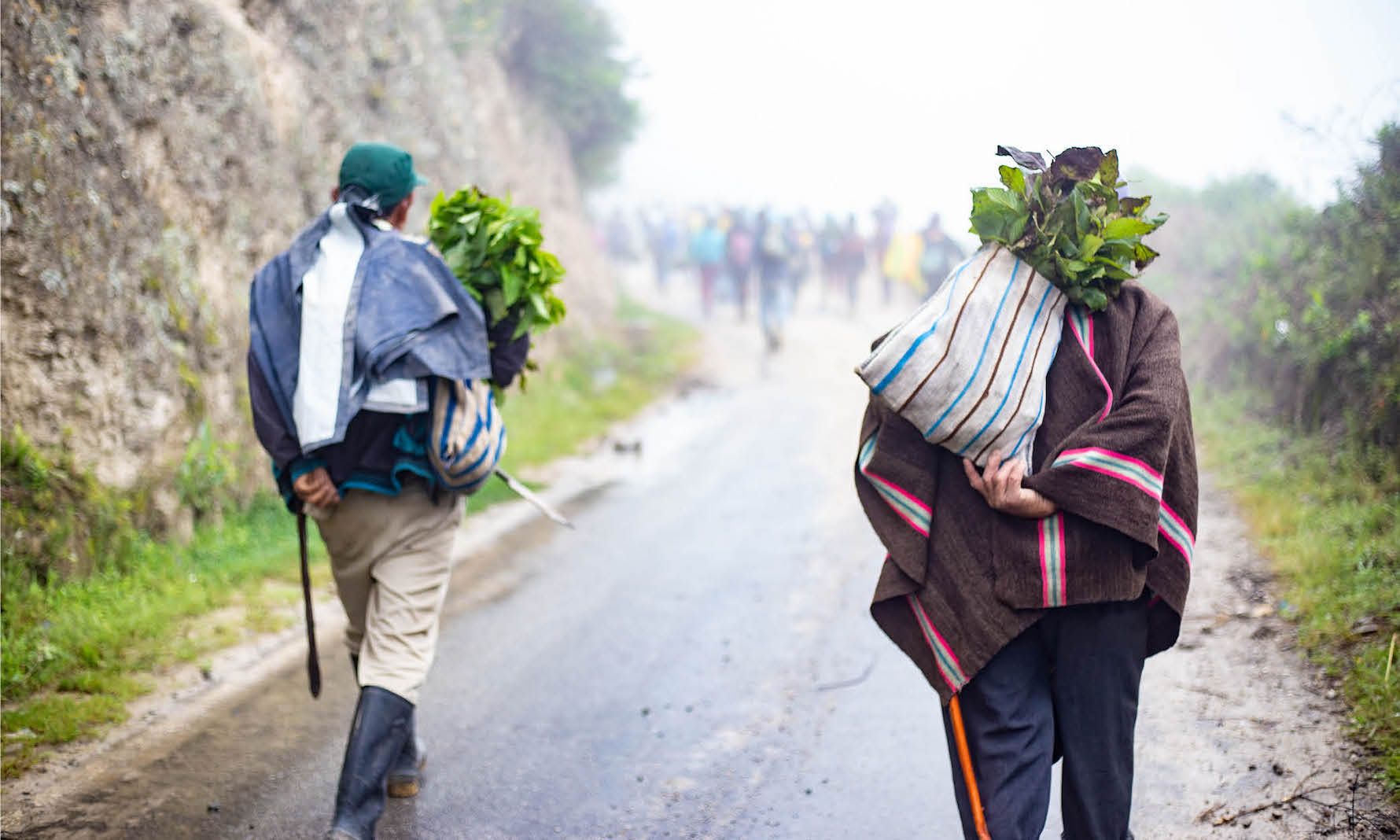
Trees, healers of the soil
In this context, planting trees is an effective way of improving the soil, with many positive cascading effects: better water infiltration, control of water erosion, barrier against mudslides, recovery and maintenance of water resources, and improved soil fertility. At the surface, tree crowns act as windbreaks against wind erosion. The presence of vegetation in the landscape also generates a more humid microclimate, conducive to agriculture and livestock farming. Planting trees therefore has a real impact on the area's climatic and soil conditions.
A review of season 2021-2022 activities
The last plantings were done from January to March 2022, during the rainy season, to ensure seedlings survive the drought. A total of 826,000 trees were planted on over 705 hectares distributed according to the different project activities, i.e. the development of agroforestry systems and the regeneration of dry forests. Overall, across the two project components, the tree survival rate ranged from 93 to 100%.
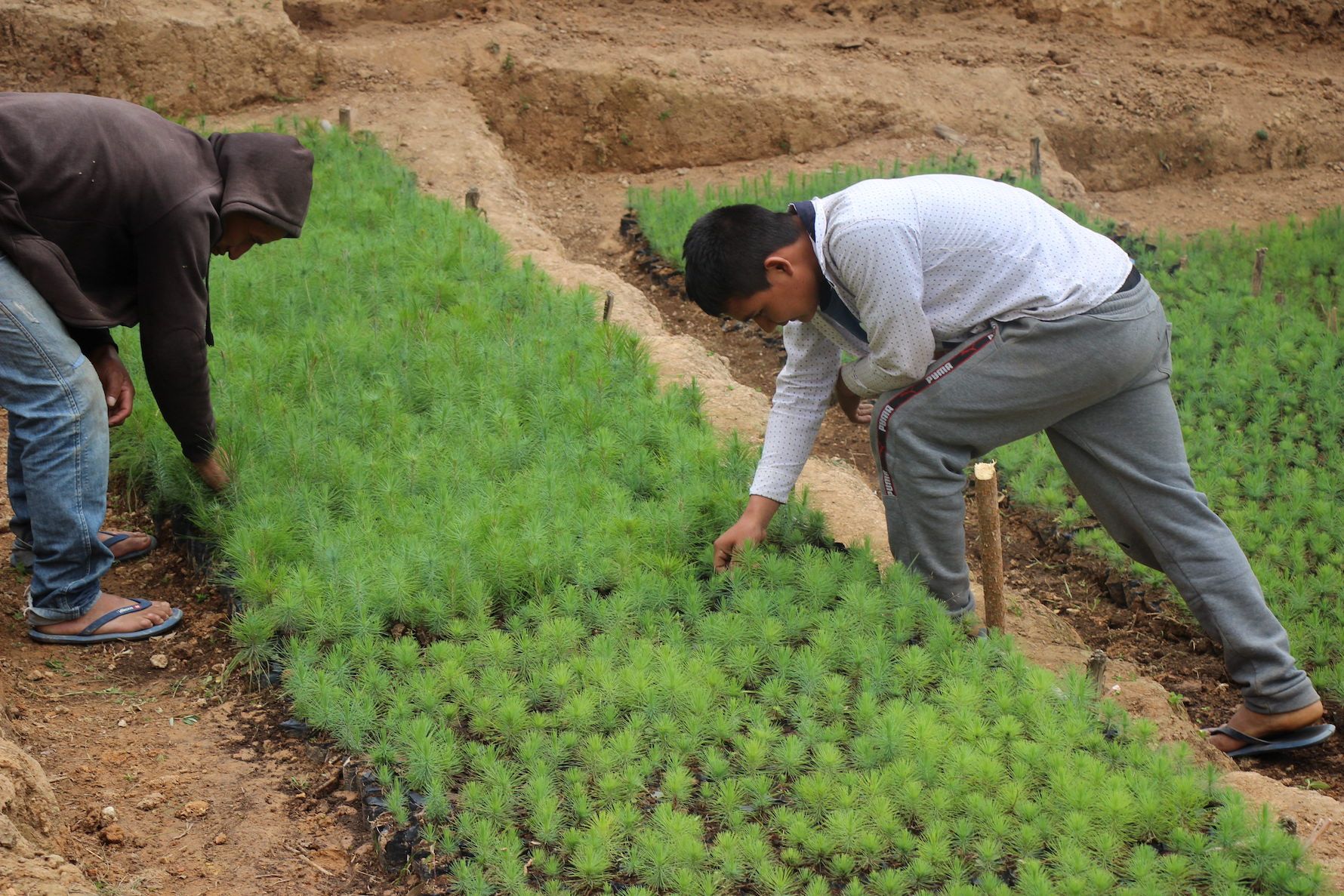
Component 1: agroforestry in coffee fields
In 2022, trees were introduced within 244 hectares: on coffee plantations in Sóndor, and on communal land in Huarmaca and Huancabamba districts. Alder and cinchonas, two species native to the region, were planted near streams to regenerate soil and biodiversity.
Alder is a very useful species as it can fix nitrogen from the atmosphere and incorporate it into the soil. It also favors the establishment of other species, as well as protecting and regenerating watersheds. The benefits of trees planted in agroforestry are numerous: they protect the food crops of local farmers, who are therefore eager to look after them, and are also a source of sustainably managed timber and firewood, preventing local populations from logging in the remaining forests.

Component 2: dry forest regeneration
Throughout the year, 461 hectares of deforested dry forest were regenerated on communal and private land in the three districts covered.
Some areas, located at over 2,100 meters above sea level, experience very low temperatures at night and in winter. In addition, their soil is deforested and eroded. Altitude, climate, and soil were decisive factors in the choice of species to be planted, including pine and cypress. At this altitude, native species do not survive.
Preserving the Quinquina tree, emblem of Peru
The project also promotes the recovery of the Quinquina tree, an ancestral indigenous species which features on the Peruvian emblem. Quinquina has great medicinal properties, as its bark contains an alkaloid used as an anti-malarial. For this reason, the tree was overexploited in the 1950s and is now in danger of extinction. This national species was identified on a project plot during the audit and will benefit from ongoing regeneration activities as well as from special attention from the communities.

Involvement of local communities in the project
Over 1,300 families, currently affiliated to the project, have participated in the planting, and will contribute to the maintenance of the trees. In the concerned area, each family is made up of 5 to 6 members on average, which means that the project is benefiting a total of more than 6,000 people.
Over the past season, our partner PROGRESO has provided training in sustainable agriculture to around 1,400 people, including families, technical teams, and municipal employees. The main objective was to involve them in every stage of the project's development. During a series of workshops, participants were able to share their knowledge, their experience of the field and their way of life, empowering them to feel truly involved in the project.
In 2022, cooperation agreements were signed with local municipalities, which are strategic regional partners, to join forces and pool resources during project implementation.
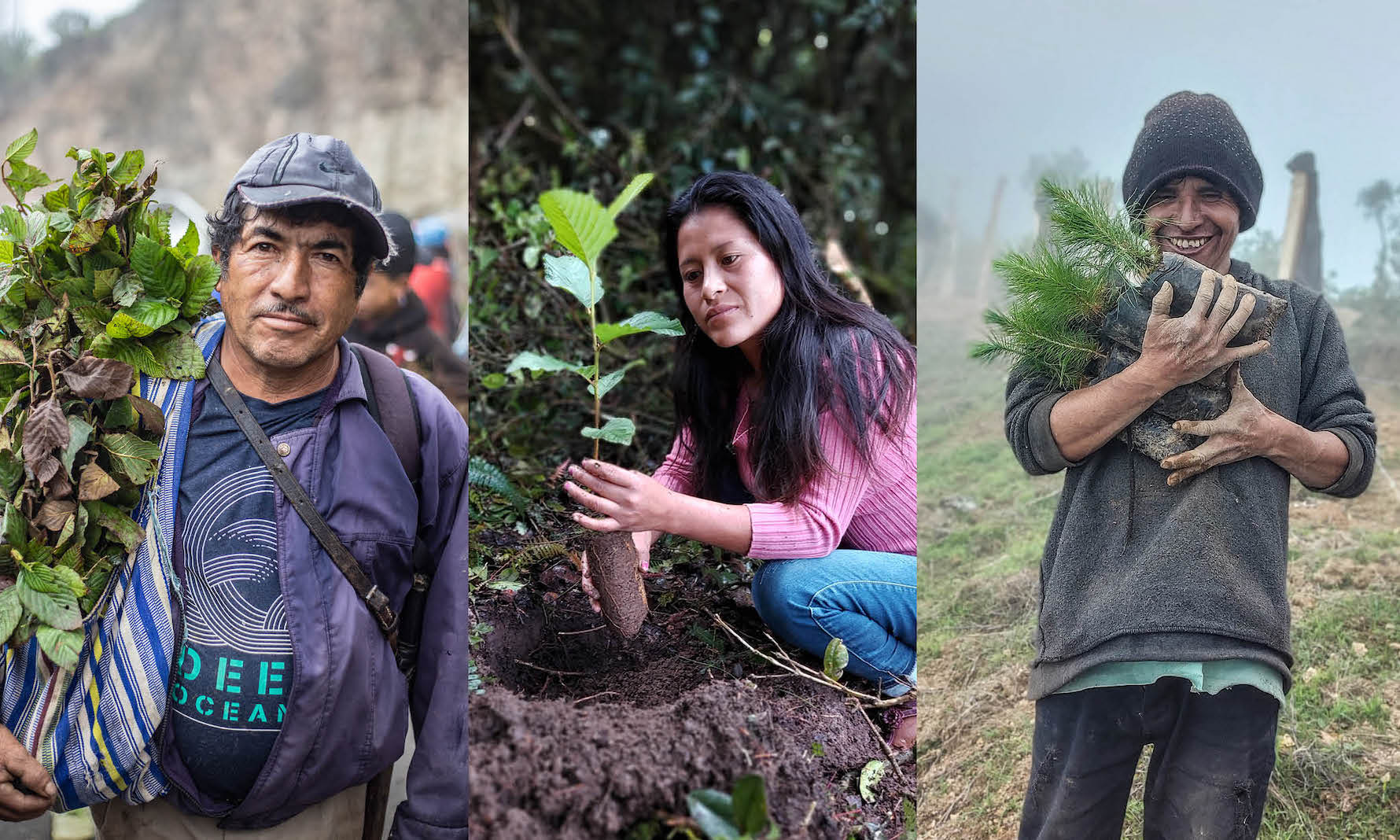
Minga, a community work highlight
Festive and convivial, the Minga is a South American tradition for collective work. Based on the principle of mutual aid, this custom consists in helping the community, the village, or even a family in need with farm work, house building, road maintenance, etc. This cultural habit embodies an immense sense of solidarity and gives concrete expression to the notions of reciprocity and interdependence that govern relationships with others, as well as with nature and the spiritual world. Minga is still widely observed in rural areas of north-western Peru, including the Piura region.
The cleaning, soil preparation and planting within communal areas were thus carried out through Minga: the surrounding families all took part in the activities, enabling a large area of land to be covered quickly and efficiently.
